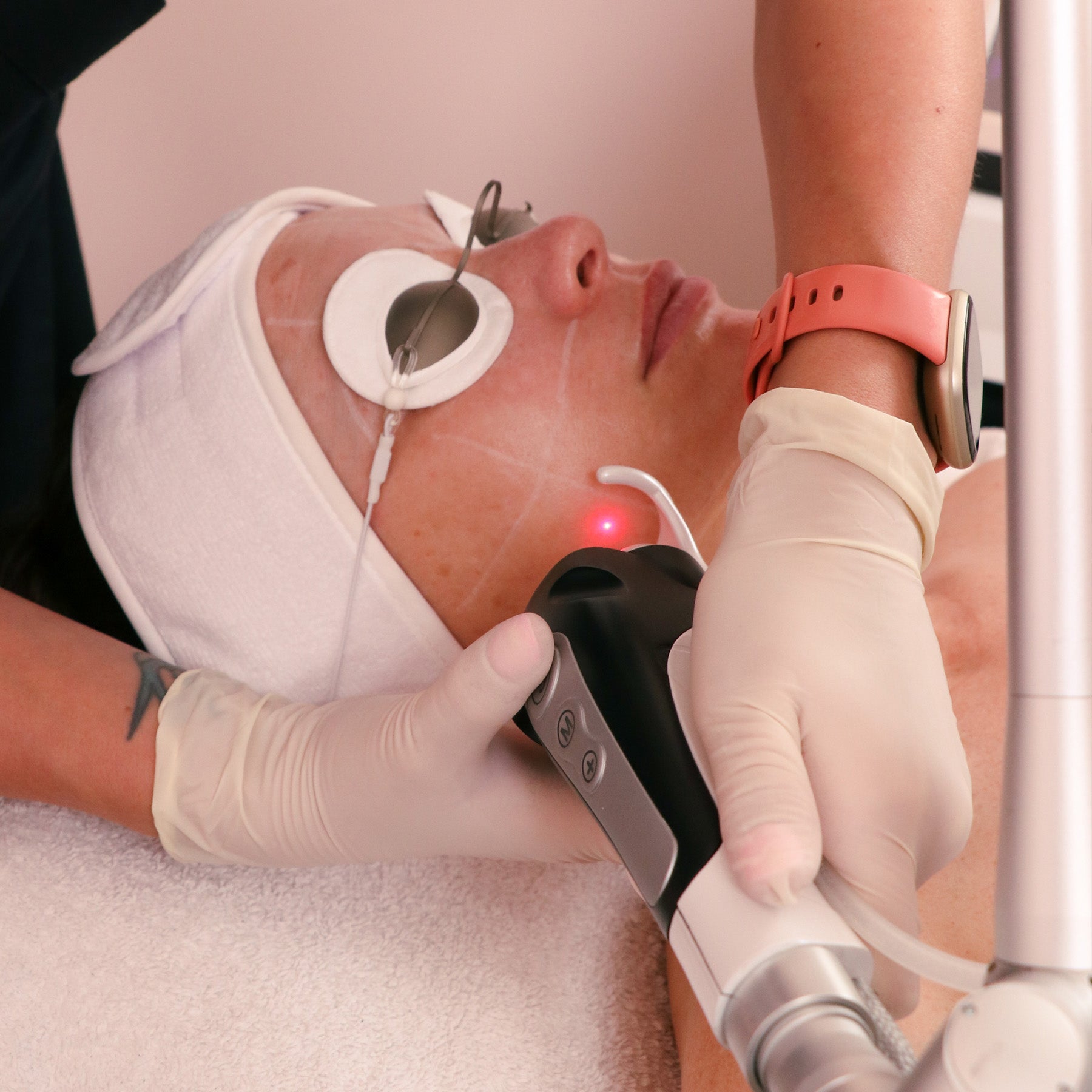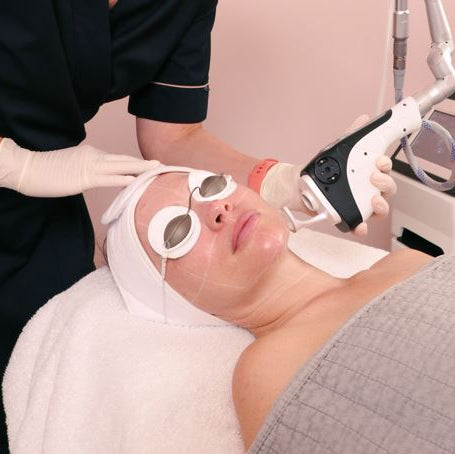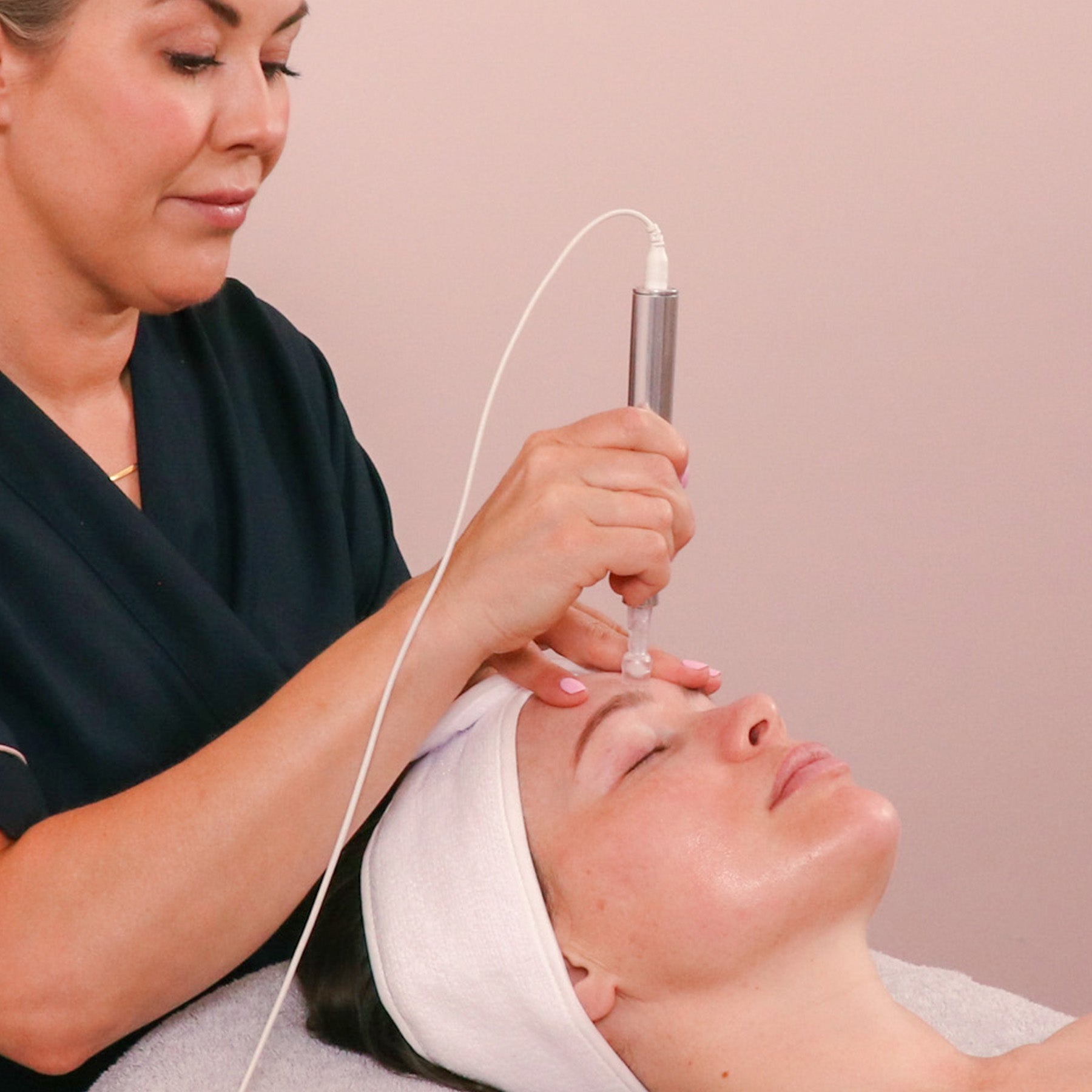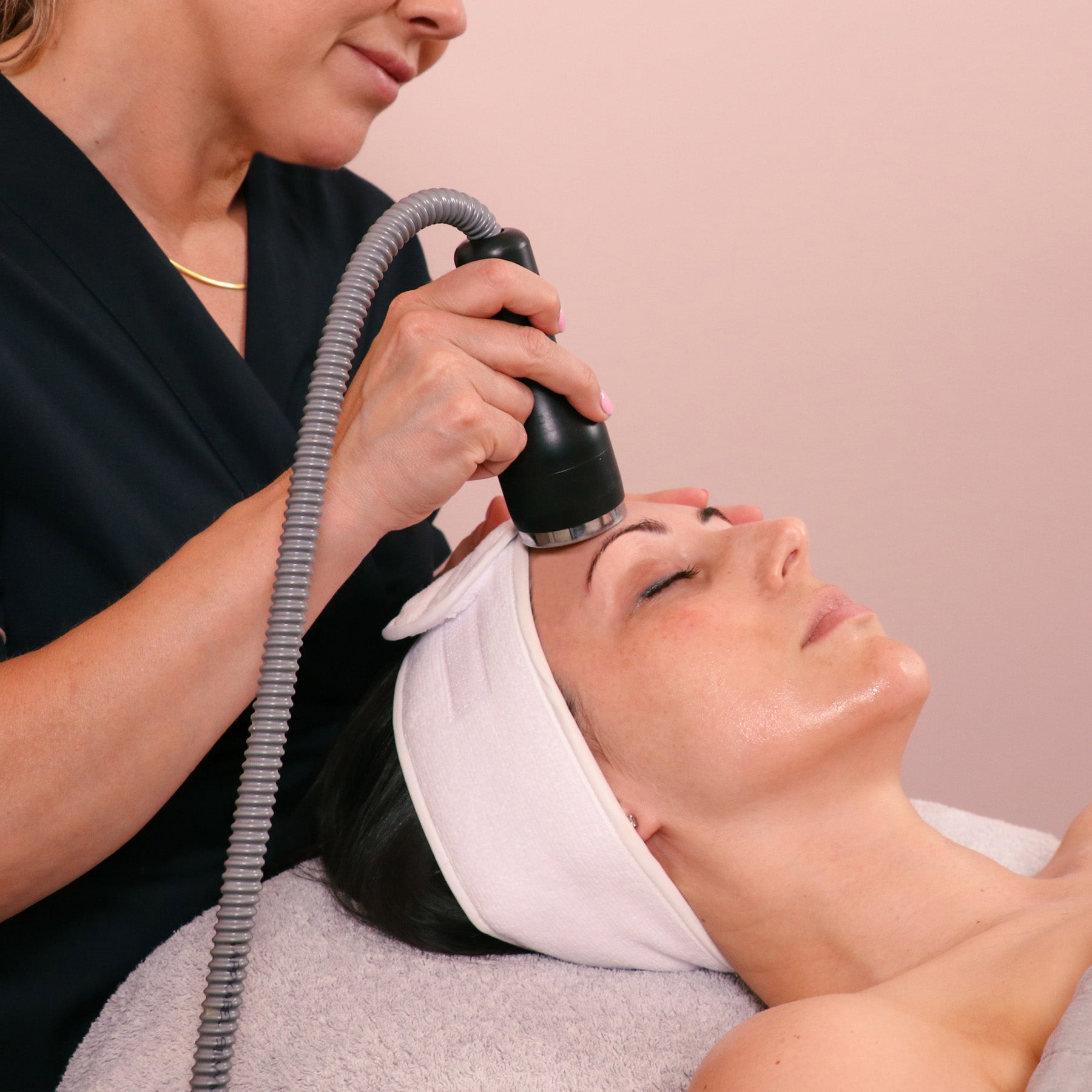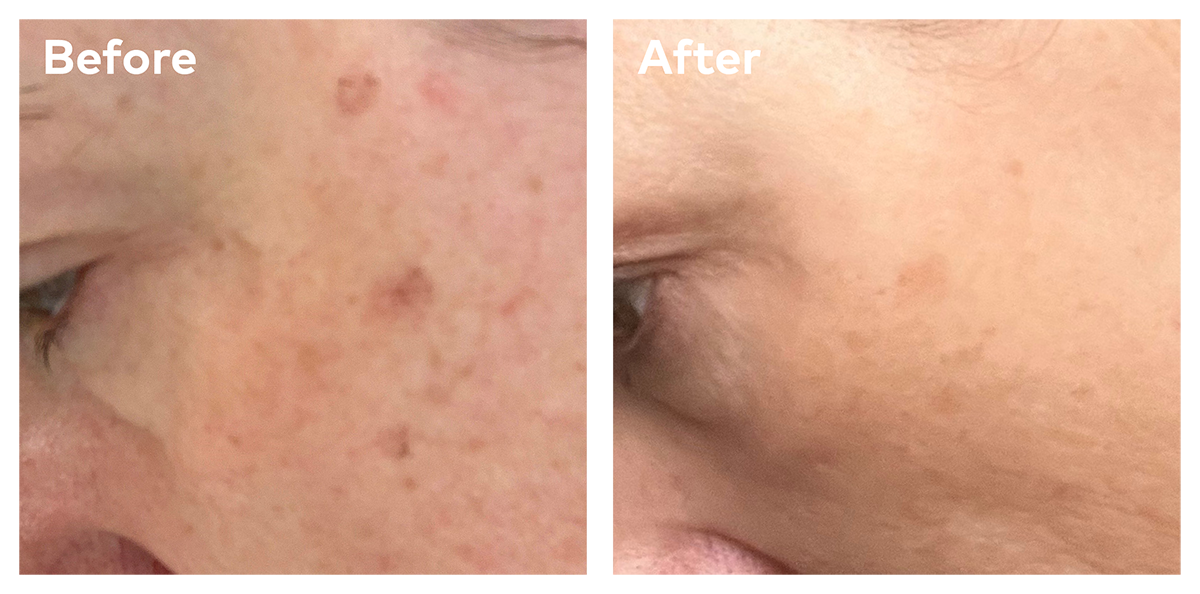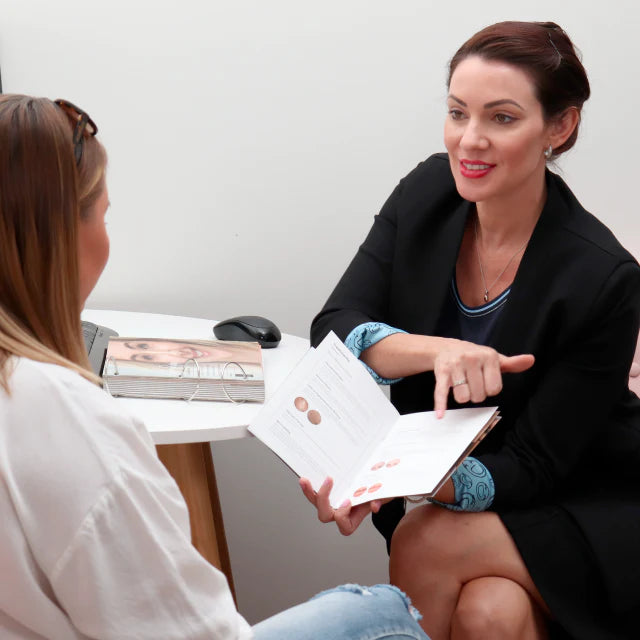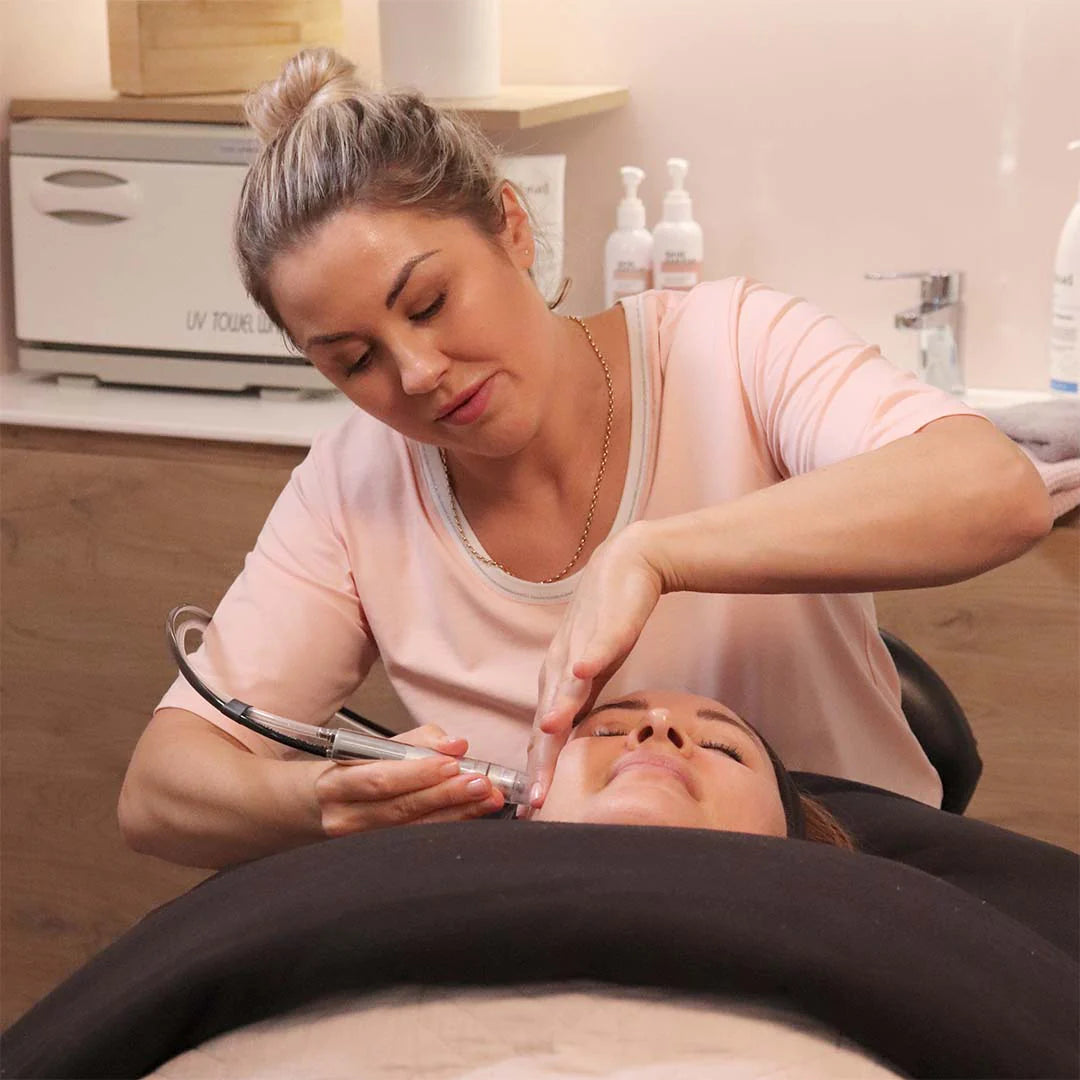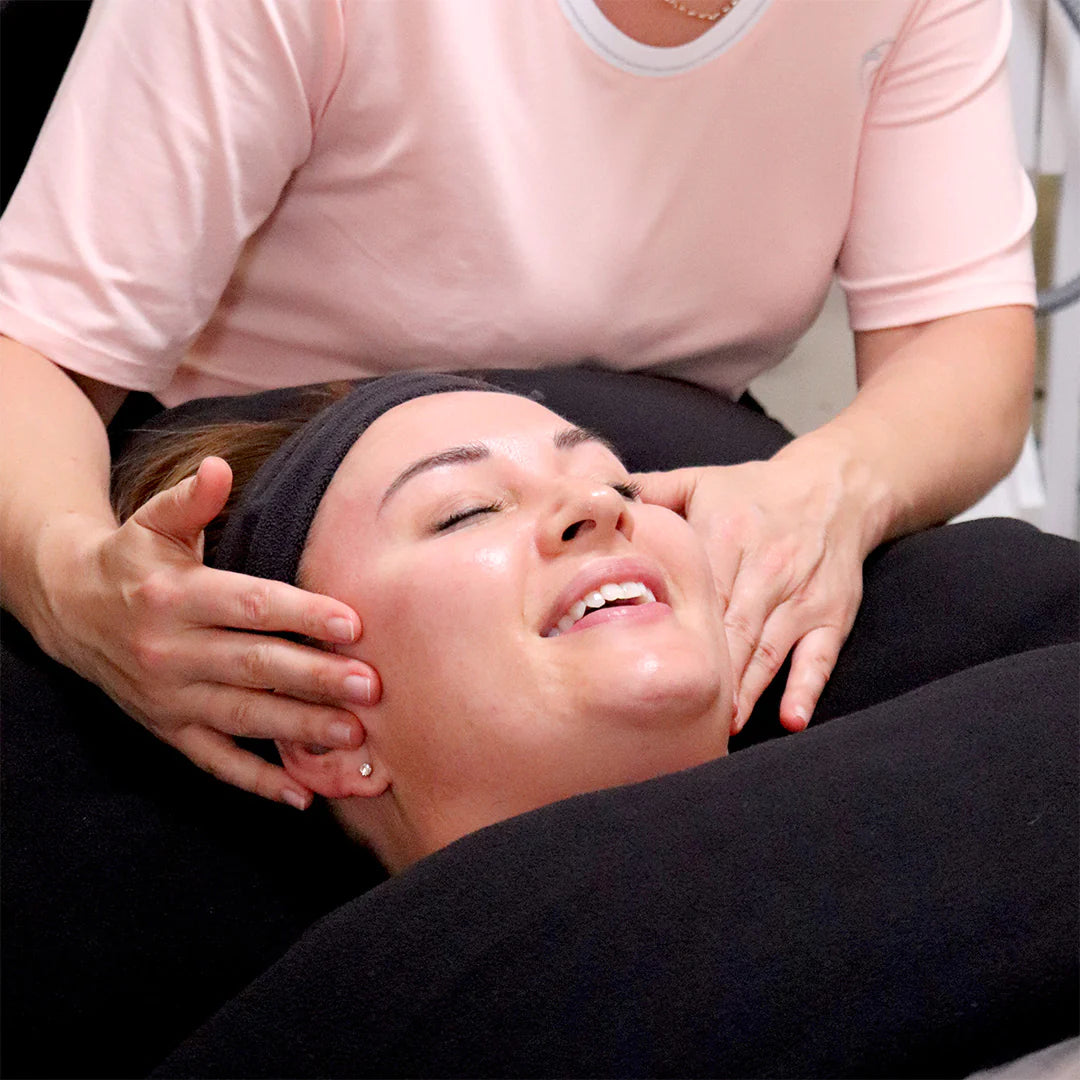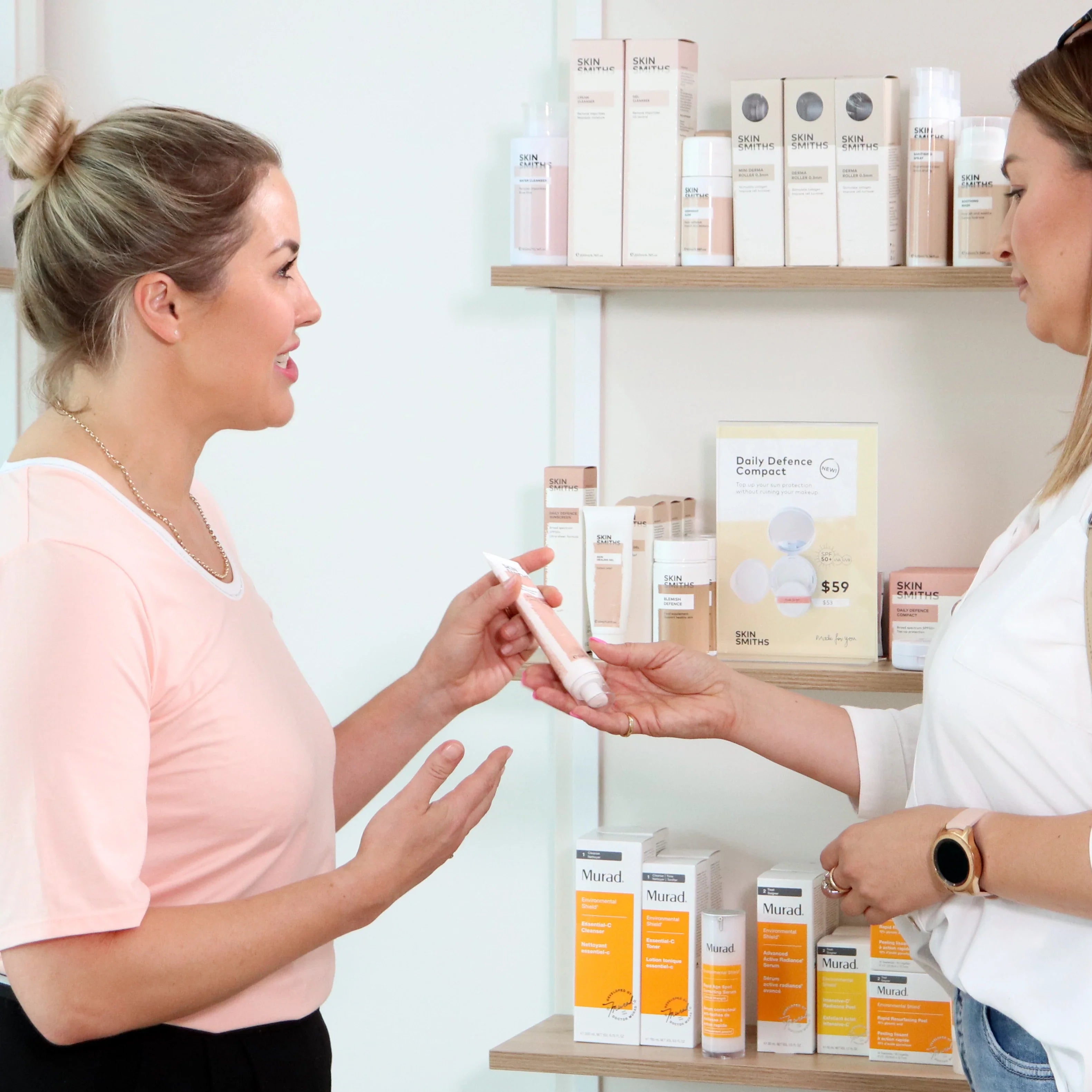What Causes Sun Damage?
Sun damage (also called photoageing) happens when UV rays penetrate the skin and break down collagen, elastin, and healthy skin cells. Over time, this leads to visible changes such as pigmentation, uneven tone, fine lines, and dryness. Because New Zealand’s UV levels are some of the highest in the world, signs of sun damage often appear earlier and more noticeably here. Skin treatments at Caci can help repair visible damage, restore smoother texture, and strengthen the skin’s barrier, while SPF and the right at-home products are essential for protecting skin and preventing further harm.
Types Of Sun Damage
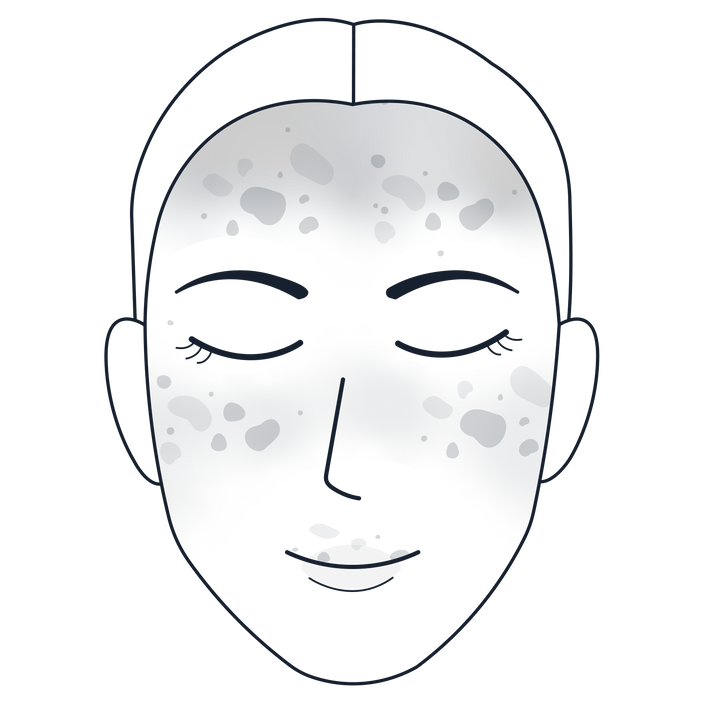
Pigmentation & Dark Spots
UV rays trigger excess melanin production, which can cause freckles, sun spots, and uneven patches of pigmentation, especially noticeable on the face, chest, and hands.

Fine Lines & Wrinkles
Collagen and elastin break down faster with sun exposure, leading to premature lines around the eyes, forehead, and mouth.

Uneven Skin Tone & Texture
Sun damage can leave skin looking rough, blotchy, or uneven in tone, making the complexion appear older than it is.
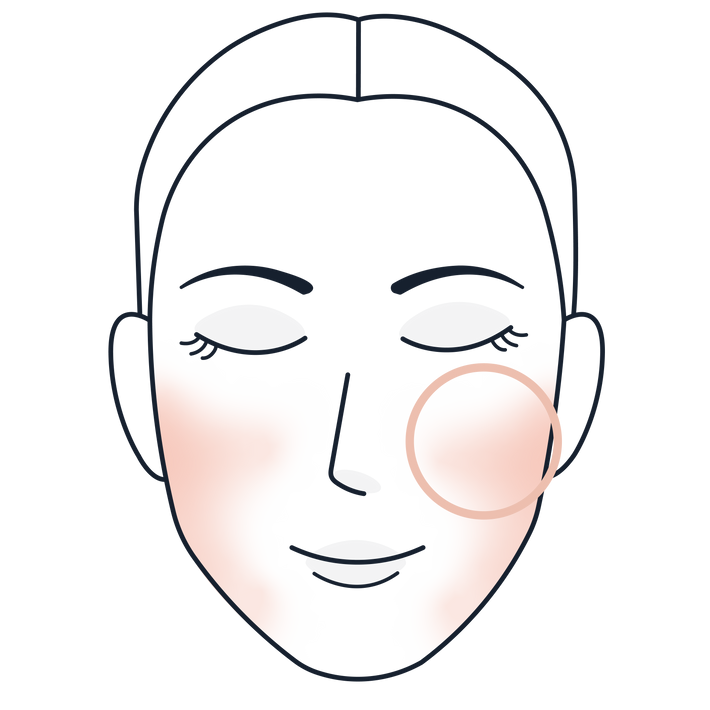
Redness & Fragility
Prolonged UV exposure can make blood vessels more visible and skin more sensitive or easily irritated.
Ready to chat and get your tailored treatment plan? Book a free consultation.
Your Journey To Clear Skin Starts Here
At-Home Skincare for Sun Damage
-
Murad Rapid Dark Spot Correcting Serum
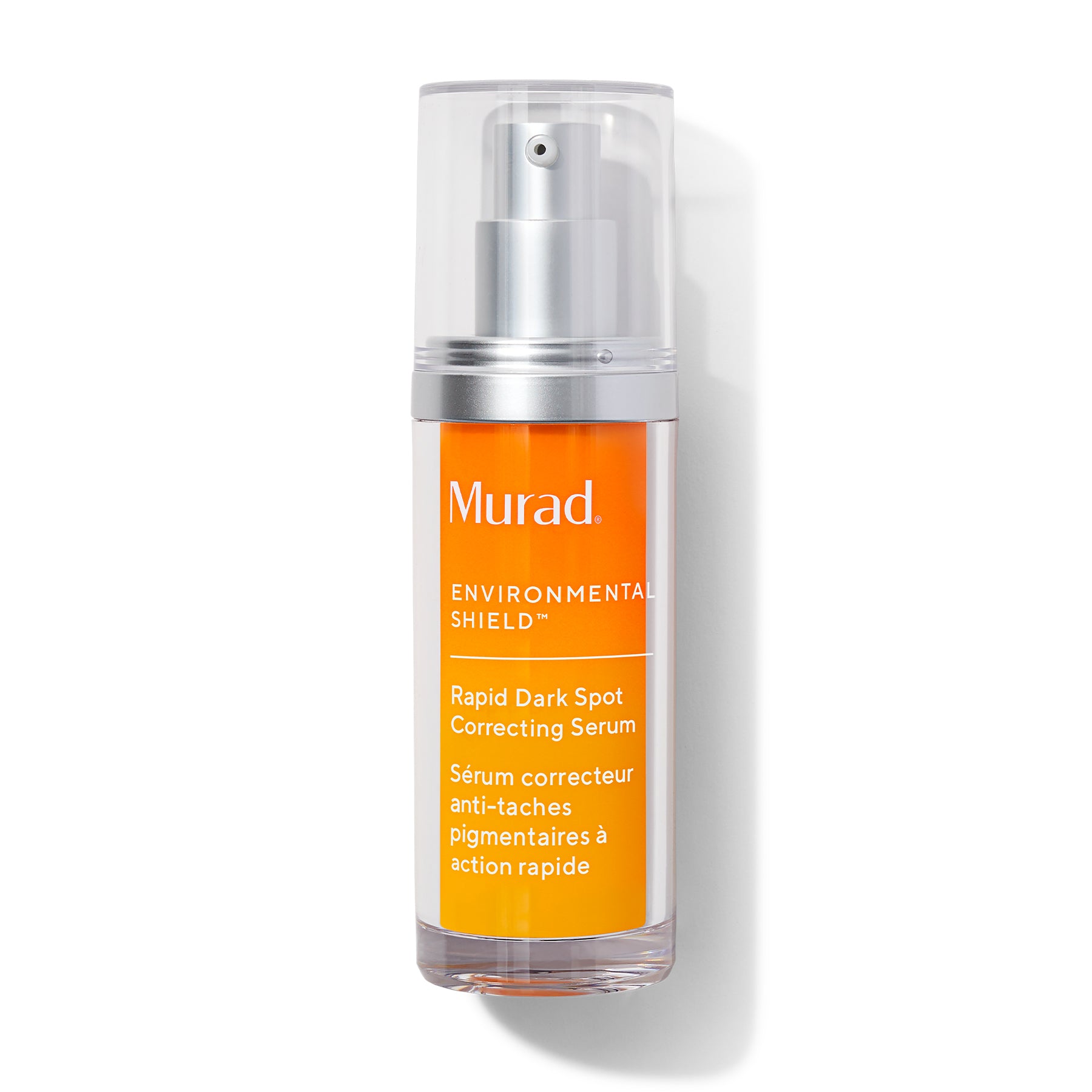 Vendor:MuradAll Skincare
Vendor:MuradAll SkincareMurad Rapid Dark Spot Correcting Serum
- Regular price
- $174.00
- Sale price
- $174.00
- Regular price
-
-
Murad City Skin Broad Spectrum SPF 50 I PA++++
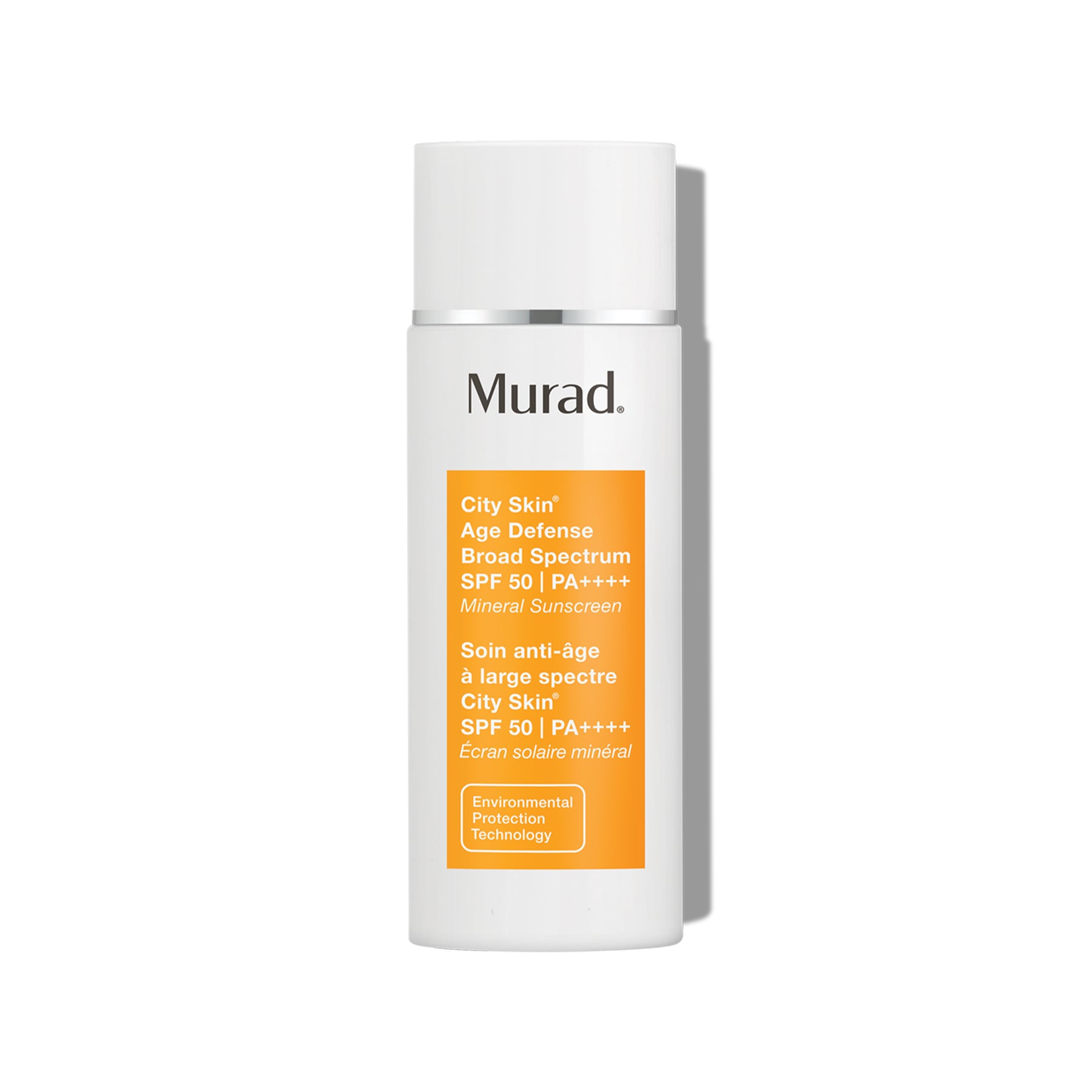
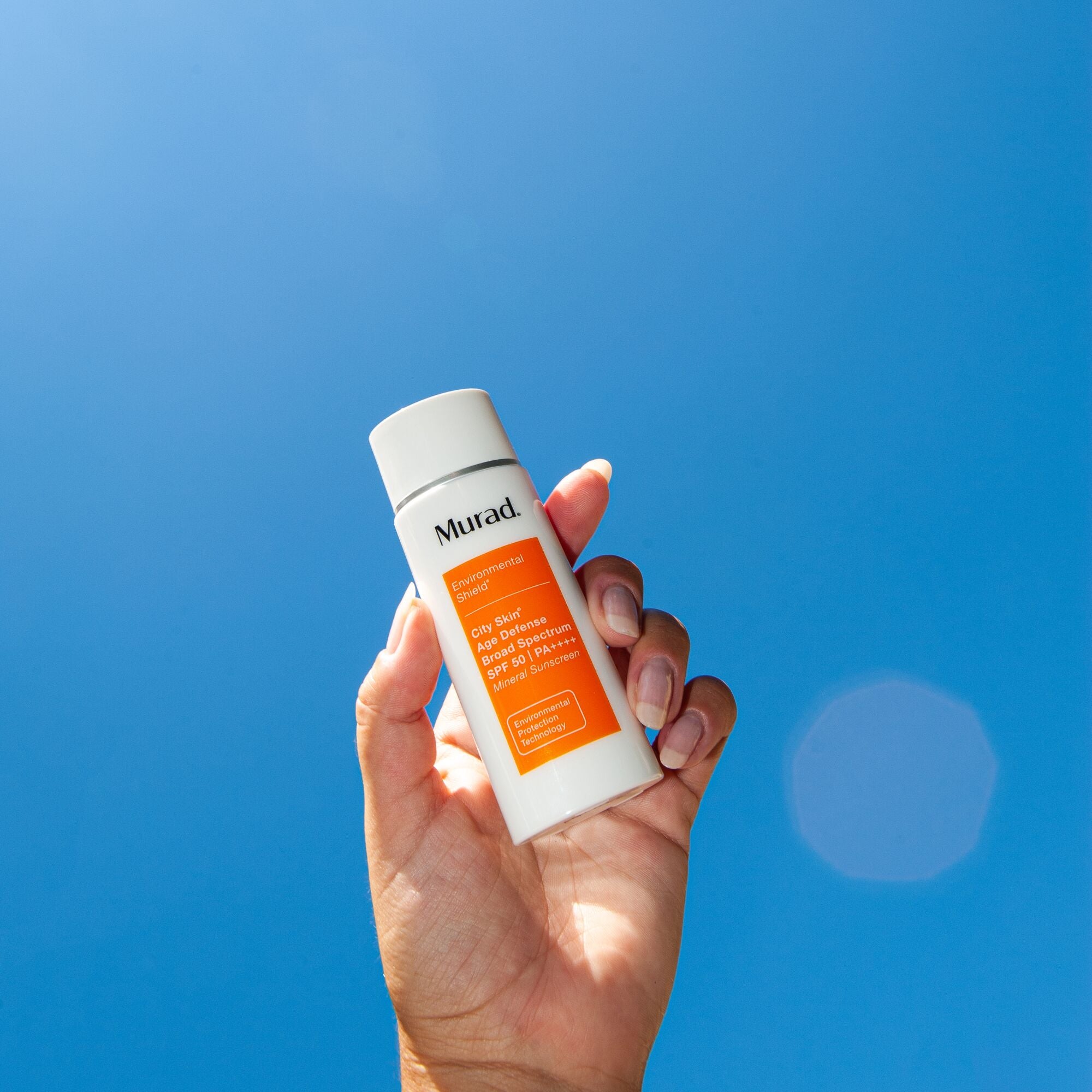 Vendor:MuradAll Skincare
Vendor:MuradAll SkincareMurad City Skin Broad Spectrum SPF 50 I PA++++
- Regular price
- $119.00
- Sale price
- $119.00
- Regular price
-
-
Skinsmiths PRO Strength Retinol 30ml
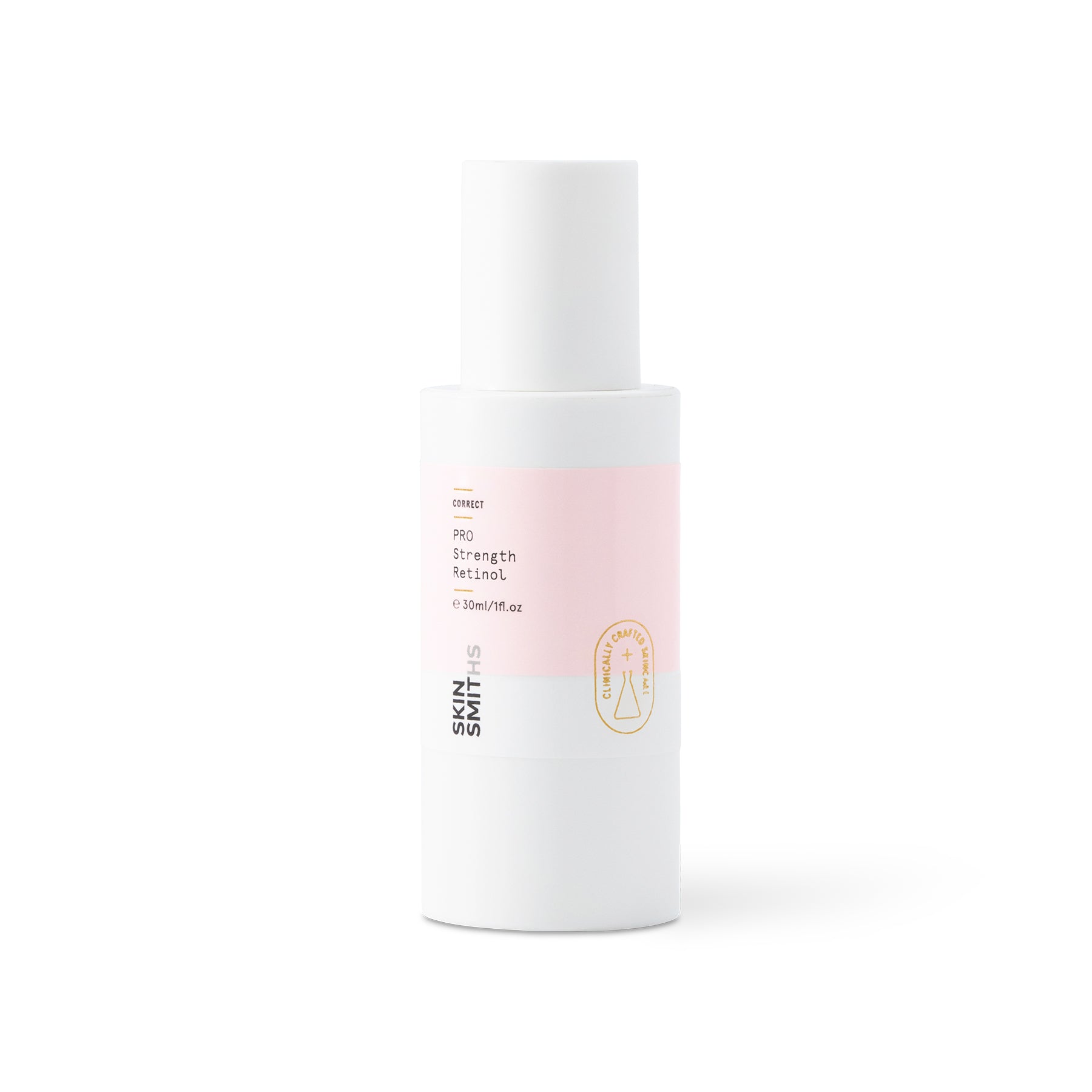
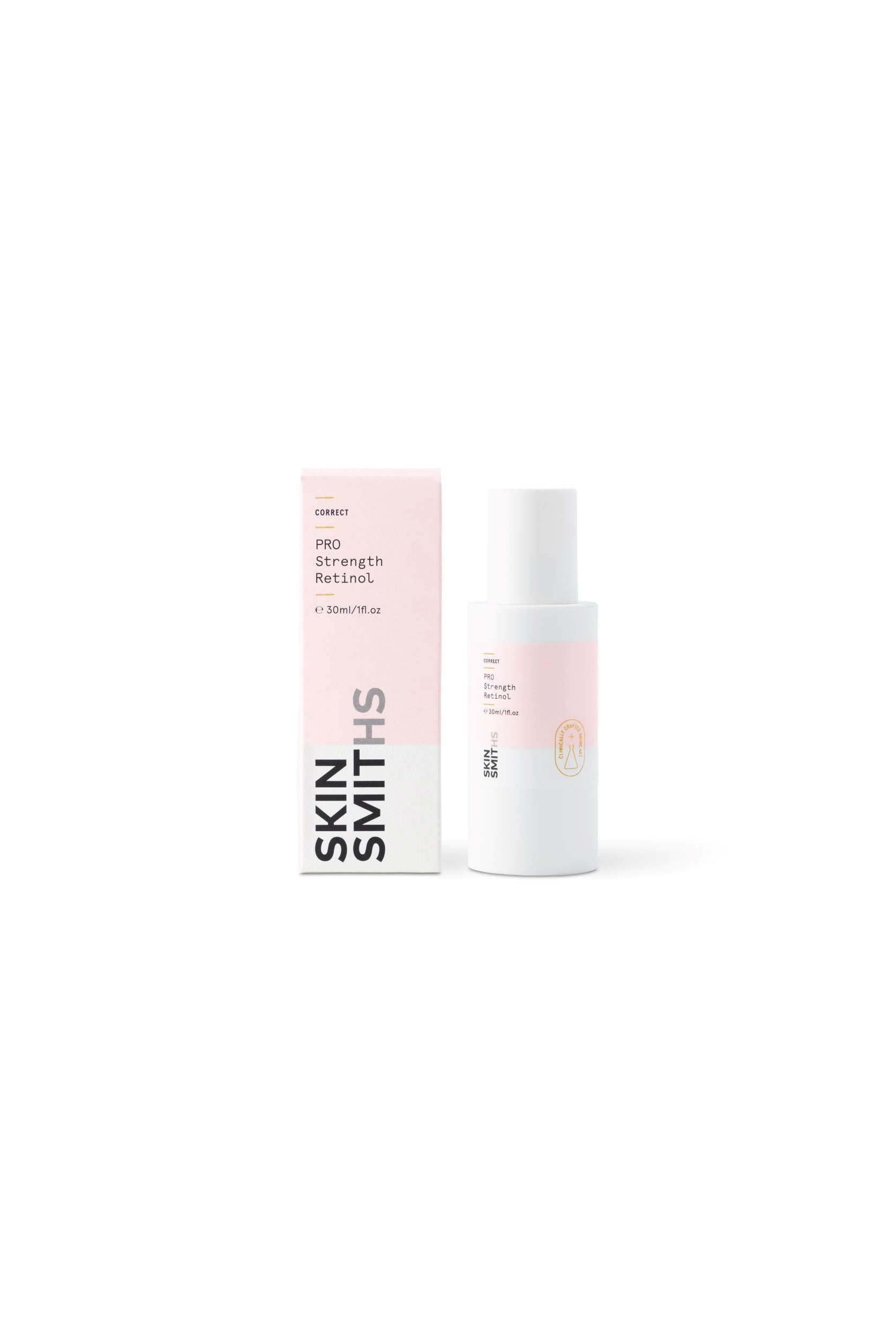 Vendor:SkinsmithsAll Skincare
Vendor:SkinsmithsAll SkincareSkinsmiths PRO Strength Retinol 30ml
- Regular price
- $132.00
- Sale price
- $132.00
- Regular price
-
-
Skinsmiths PRO Strength Niacinamide 30ml
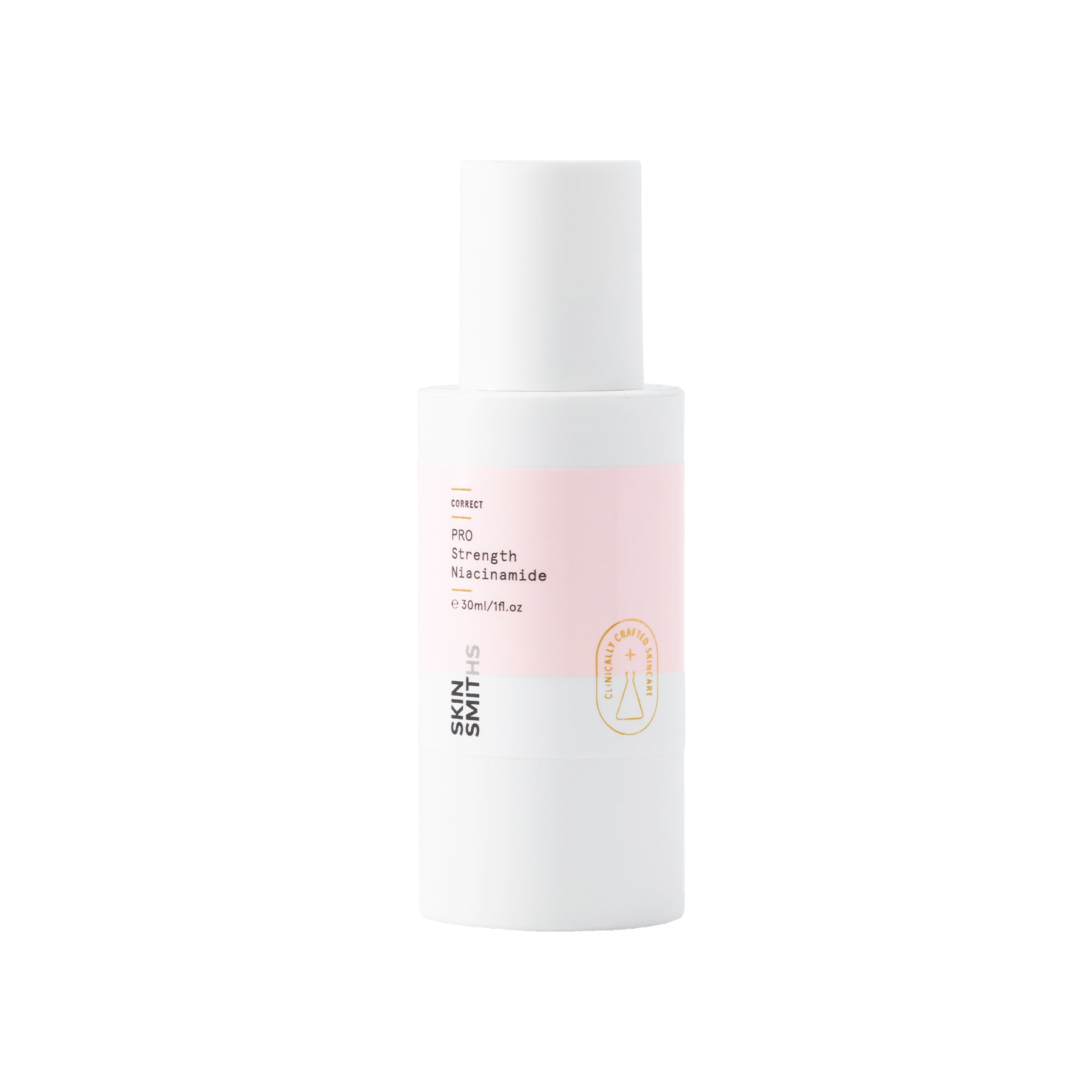
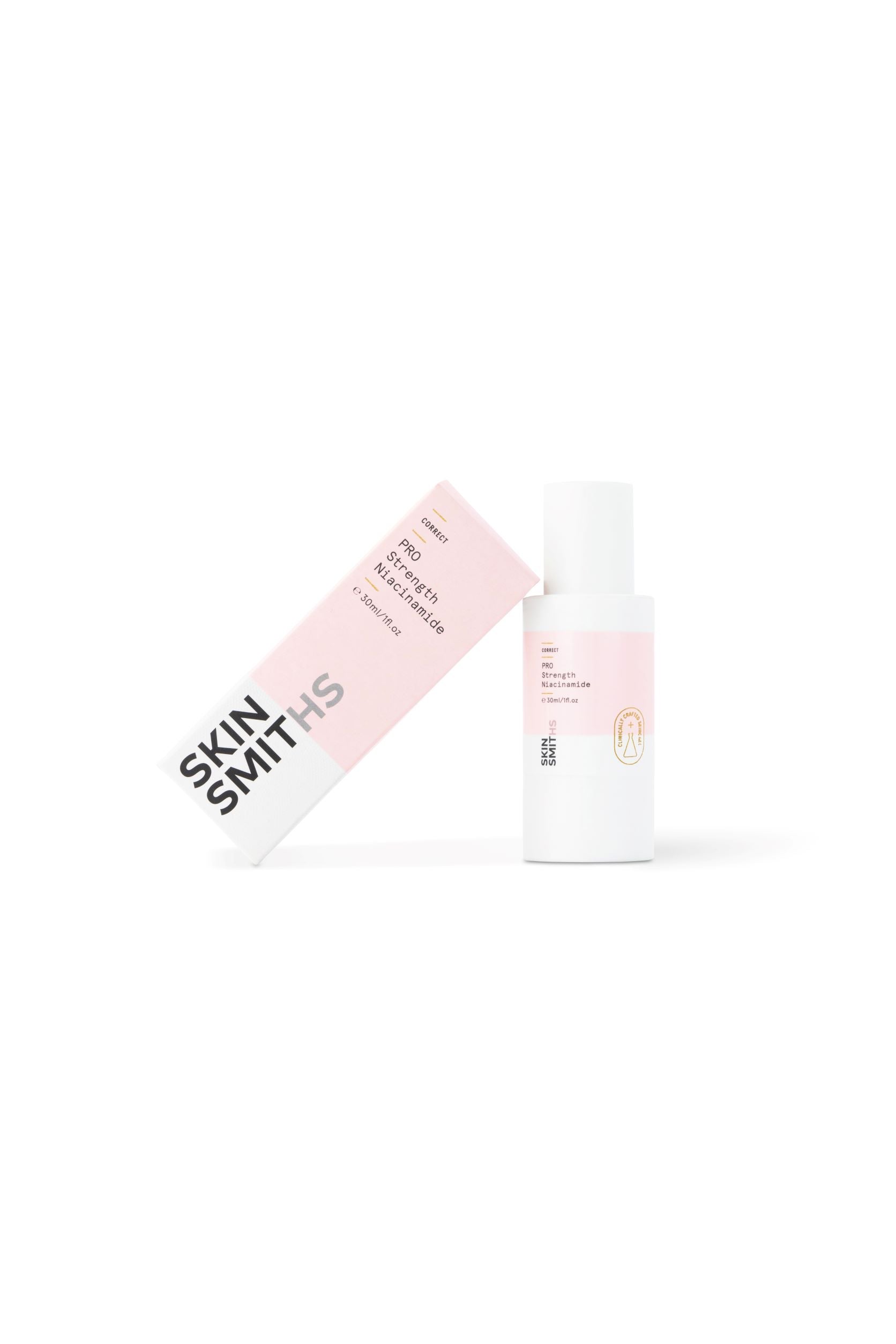 Vendor:SkinsmithsAll Skincare
Vendor:SkinsmithsAll SkincareSkinsmiths PRO Strength Niacinamide 30ml
- Regular price
- $132.00
- Sale price
- $132.00
- Regular price
-
-
Murad Essential-C Firming Radiance Day Cream
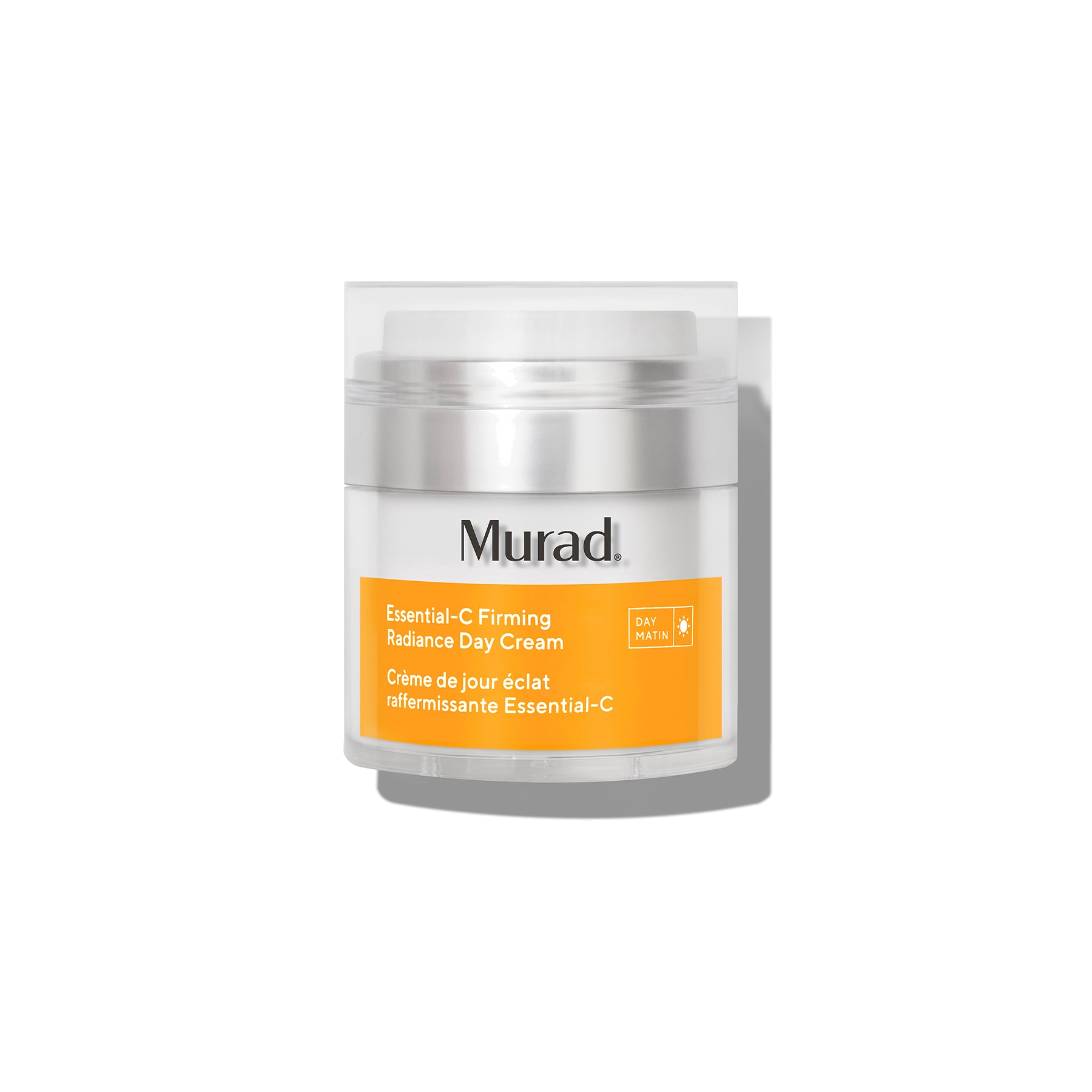
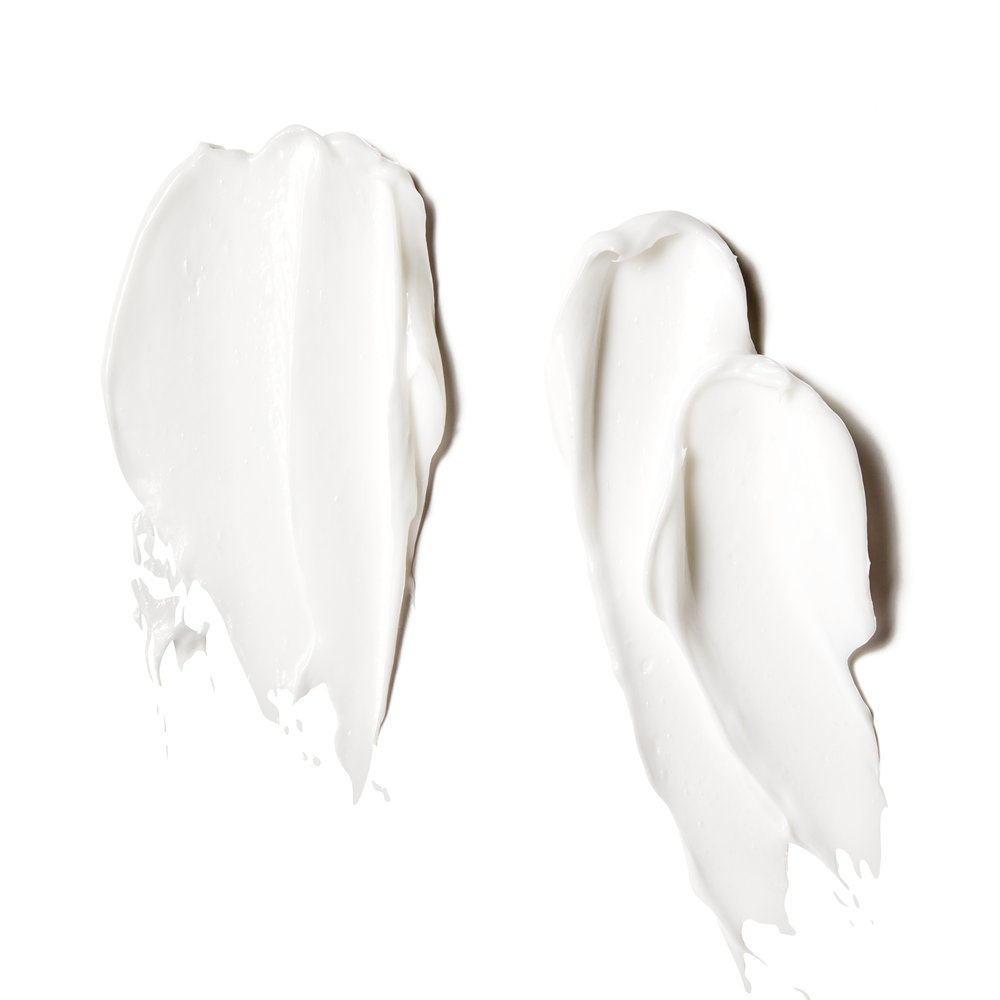 Vendor:MuradAll Skincare
Vendor:MuradAll SkincareMurad Essential-C Firming Radiance Day Cream
- Regular price
- $163.00
- Sale price
- $163.00
- Regular price
-
-
Murad Essential-C Overnight Barrier Repair Cream
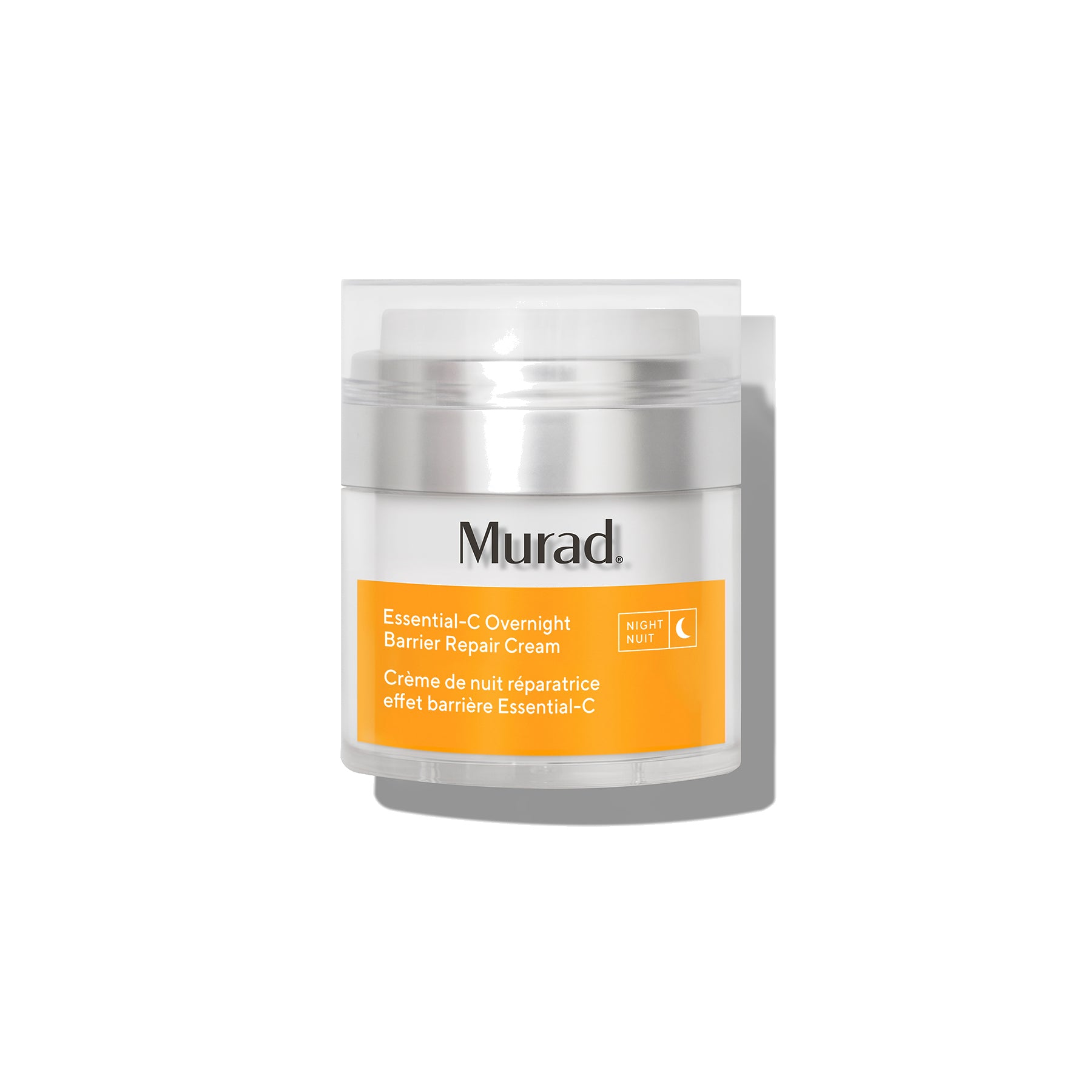
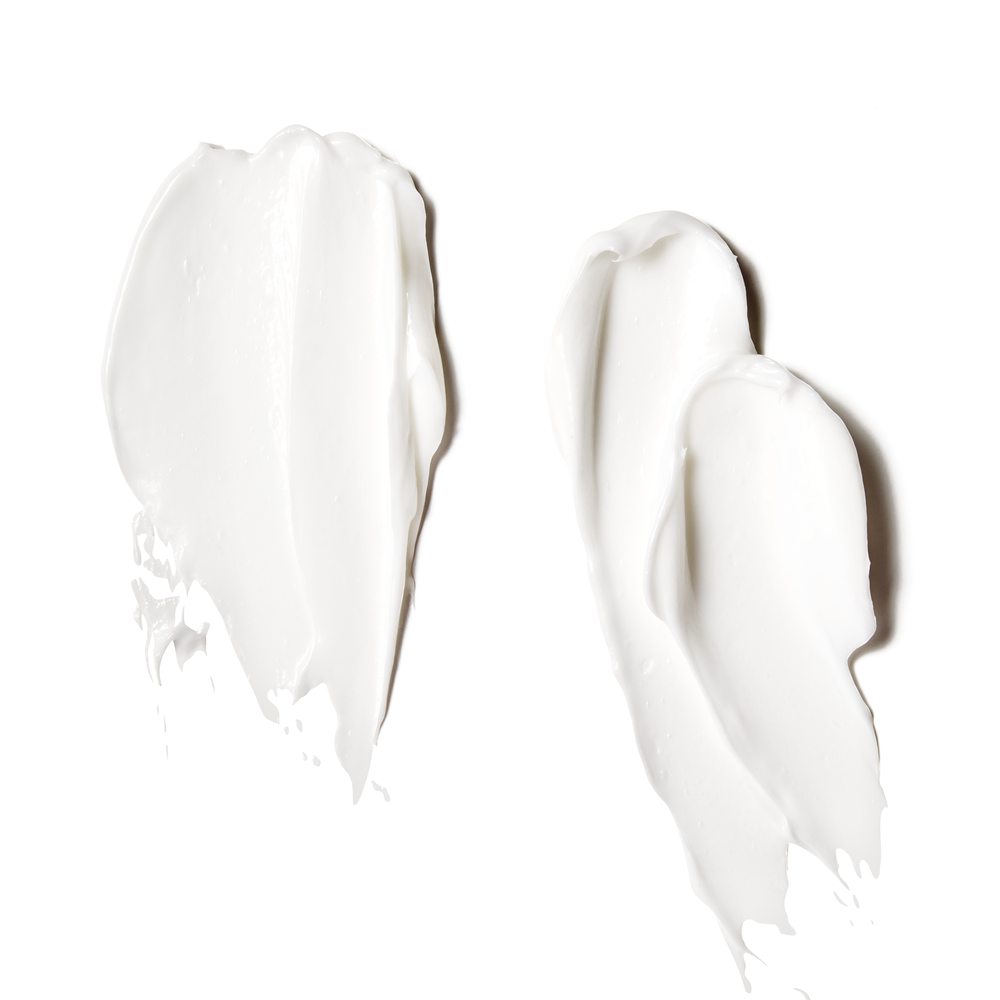 Vendor:MuradAll Skincare
Vendor:MuradAll SkincareMurad Essential-C Overnight Barrier Repair Cream
- Regular price
- $165.00
- Sale price
- $165.00
- Regular price
-
-
Murad Essential-C Cleanser
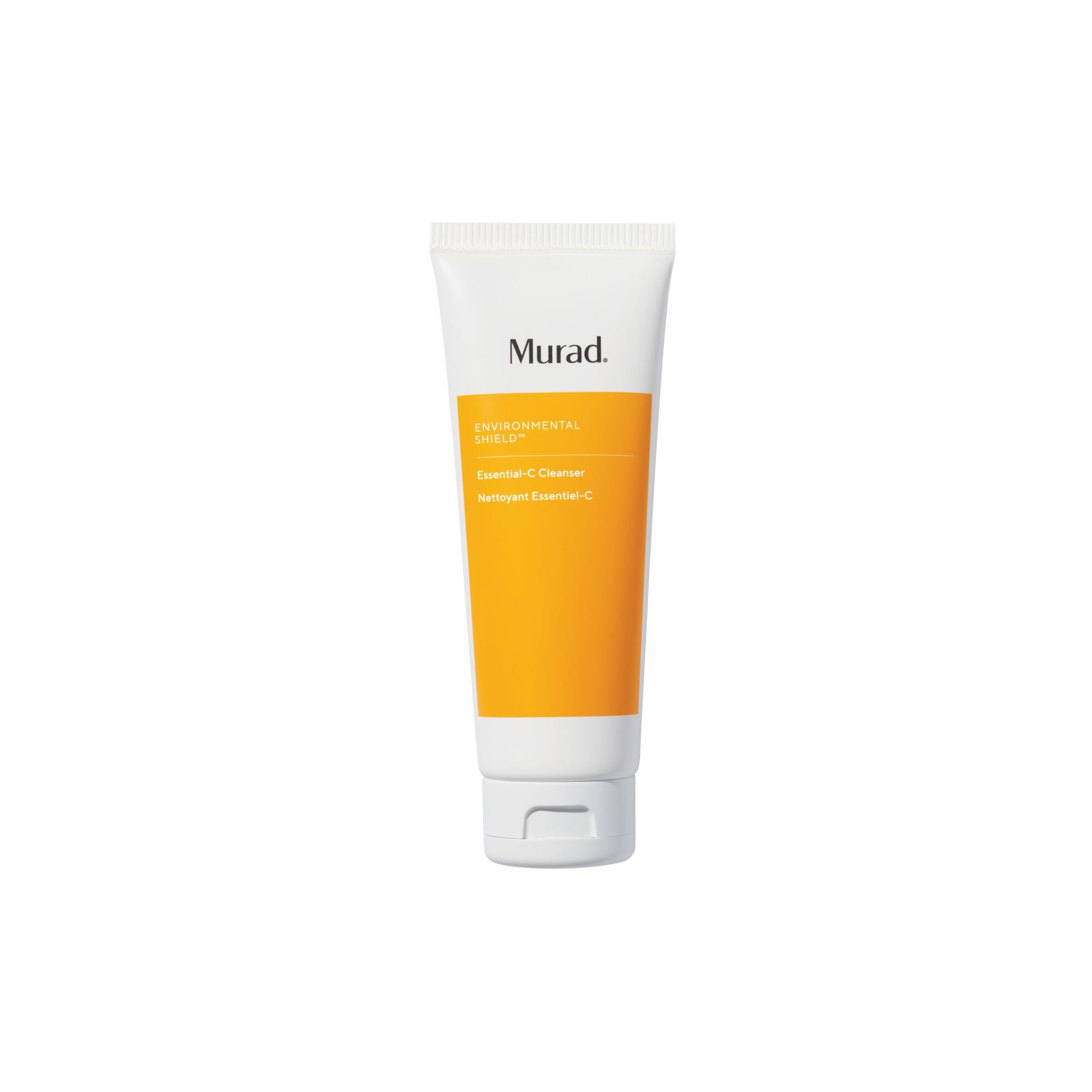
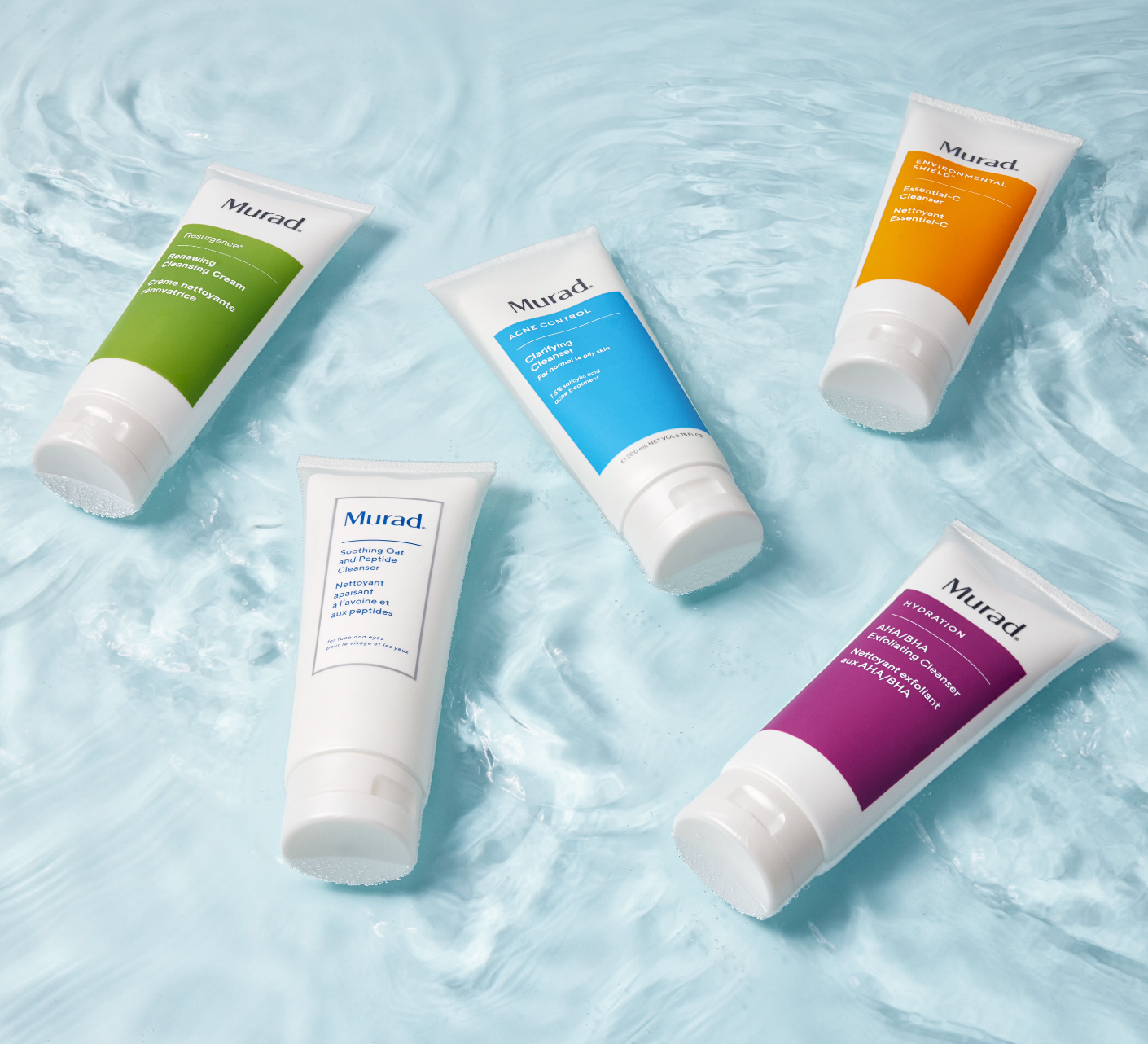 Vendor:MuradAll Skincare
Vendor:MuradAll SkincareMurad Essential-C Cleanser
- Regular price
- $69.00
- Sale price
- $69.00
- Regular price
-
-
Skinsmiths Rebalancing Moisturiser 50ml
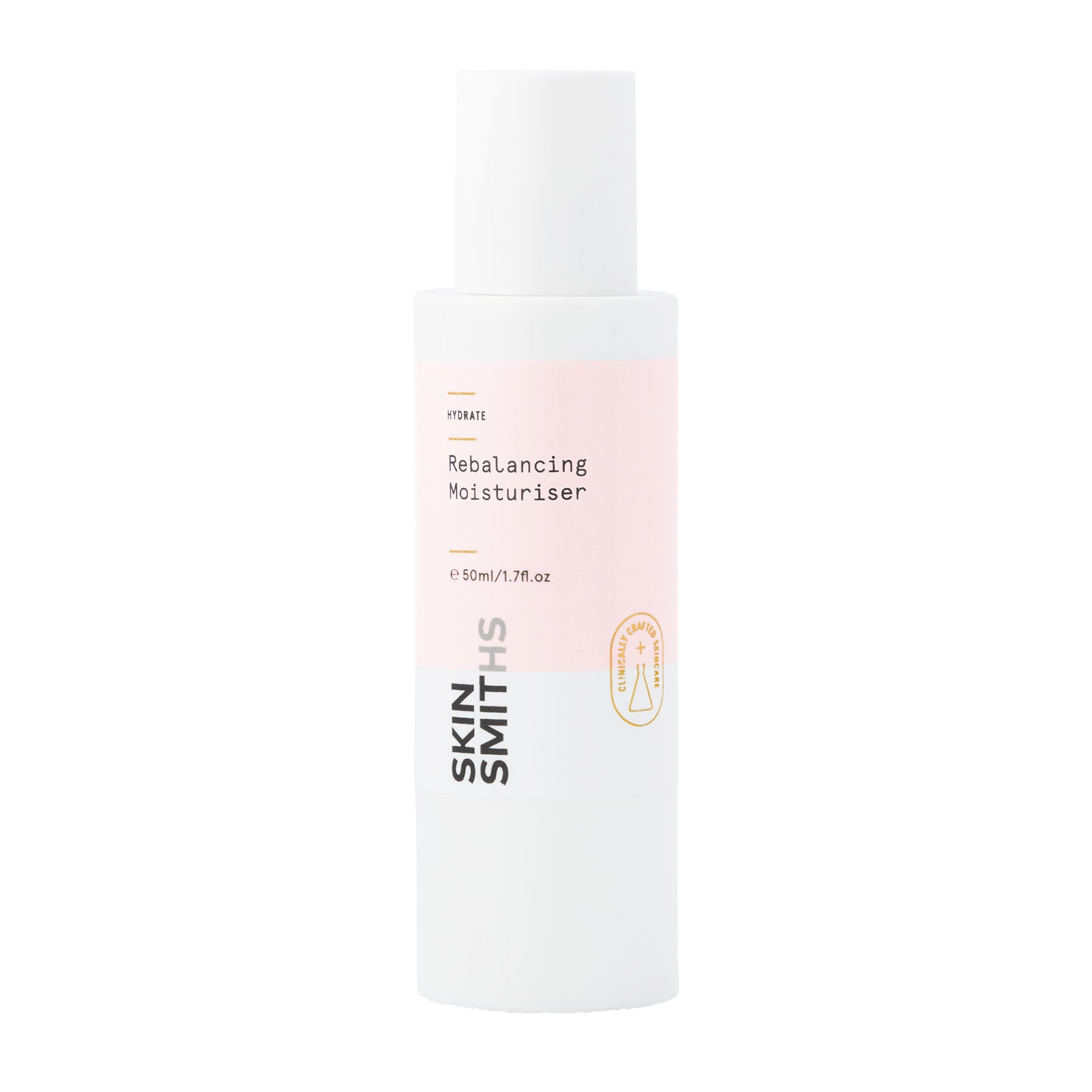
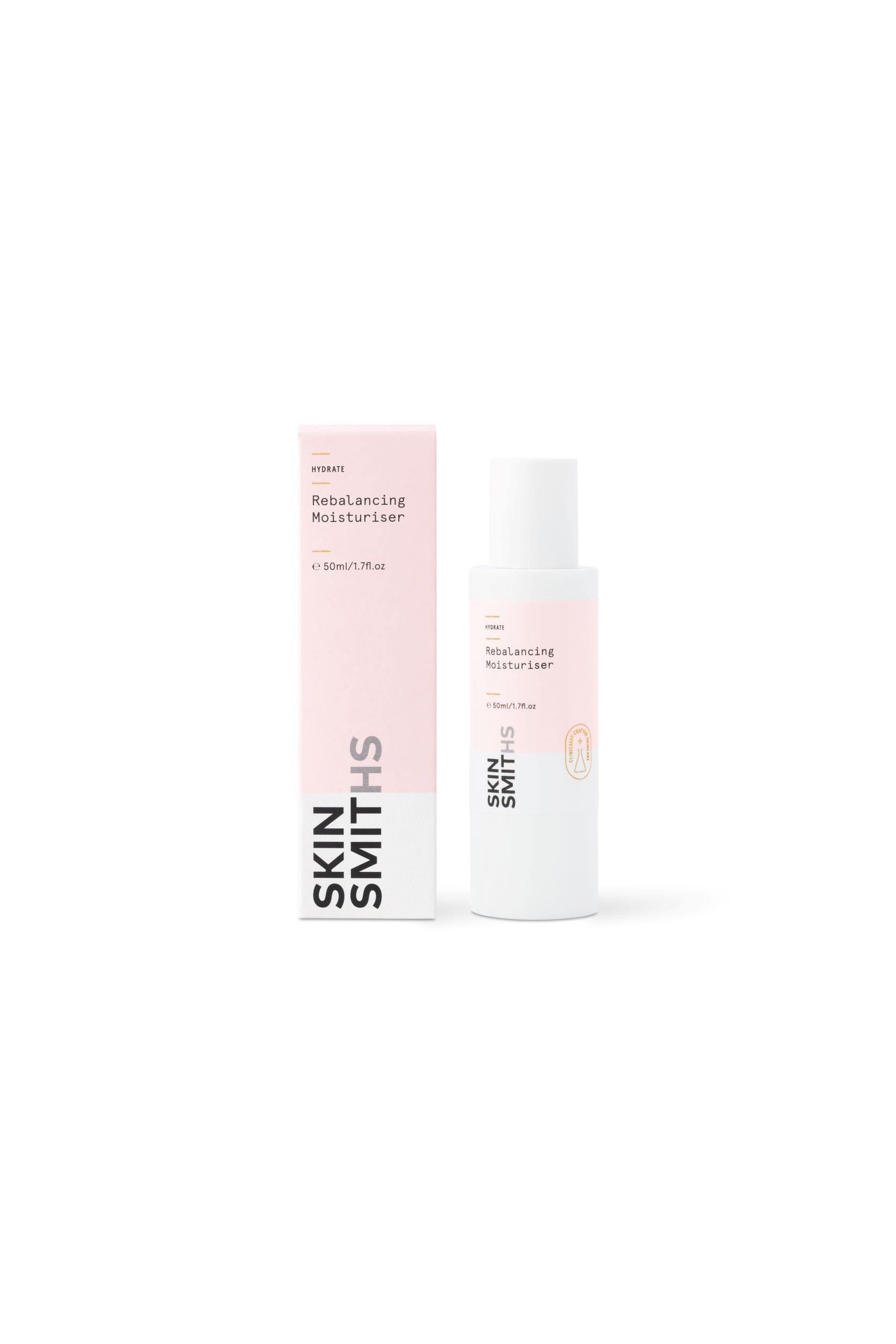 Vendor:SkinsmithsAll Skincare
Vendor:SkinsmithsAll SkincareSkinsmiths Rebalancing Moisturiser 50ml
- Regular price
- $84.00
- Sale price
- $84.00
- Regular price
-
About Caci.
Why choose Caci? It's where your skin goals get serious.
Our team will help make taking care of your skin health easy to understand, and even easier to stay committed to. The beauty industry is noisy and confusing but at Caci we’re calm, we keep it simple and we’re experts.
At Caci we love nothing better than to give people a lift – not just to your skin, but to your confidence, wellbeing, and belief in the power of looking after yourself. Setting aside some ‘me time’ daily at home and in clinic each
month. That’s all it takes.
We’re here to help you to feel confident in your skin.
We’re for you.
Trust the experts.
Proudly NZ owned and operated.
80 clinics nationwide.
Award winning.
Highly trained and experienced team.
FAQ's
What is sun damage?
Sun damage (also called photoaging) occurs when UV rays break down collagen, elastin, and healthy skin cells. Over time, this leads to pigmentation, uneven tone, dryness, and premature lines or wrinkles. In New Zealand, where UV levels are some of the highest in the world, sun damage often appears earlier and more noticeably.
What does sun damage look like on skin?
It can show up as freckles, sunspots, pigmentation patches, redness, dryness, or fine lines. In more advanced cases, skin may feel rough, uneven, or less firm.
Can sun damage be reversed?
While UV damage can’t be undone completely, many of its visible effects can be treated. Professional treatments such as laser facials, photo rejuvenation, peels, and skin infusions help repair tone, texture, and pigmentation.
What treatments help with sun damage at Caci?
Caci offers treatments including:
Photo Rejuvenation (IPL) → targets pigmentation, redness, and sunspots.
Fractional Laser → resurfaces skin and boosts collagen.
Peels → refresh and smooth texture.
Sonophoresis Skin Infusion → restores hydration and strengthens the barrier.
How can I prevent further sun damage?
The best prevention is daily SPF, even in winter or on cloudy days. Wearing hats, avoiding peak sun, and using antioxidant-rich skincare also help protect against future damage.
Is sun damage treatment safe for all skin types?
Yes. Treatments are customised to your skin tone, type, and level of damage. Your Caci skin therapist will recommend the safest and most effective plan for your skin.



